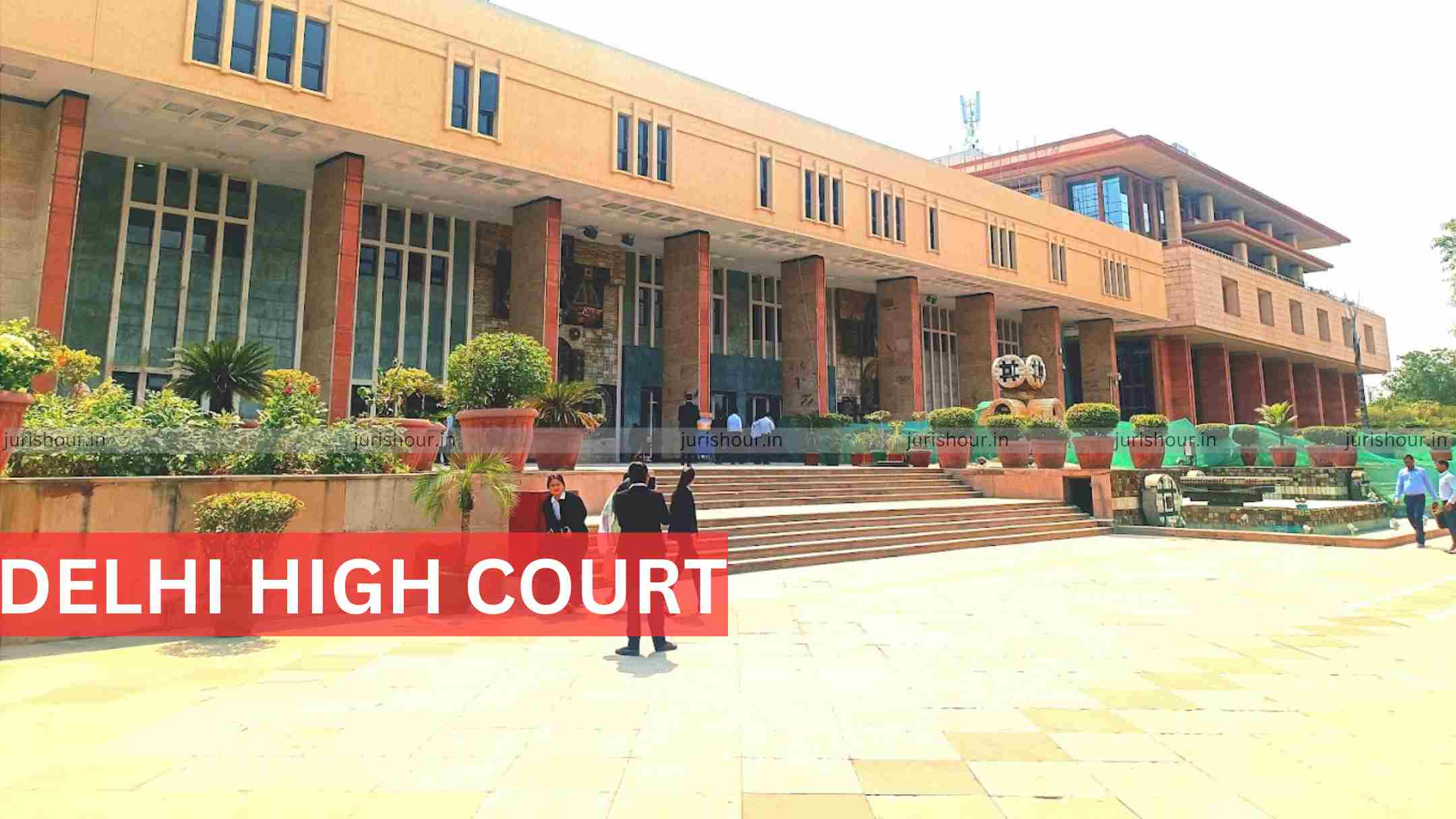Mere Suspicion Insufficient, No Evidence of Value Addition in Solar Goods by Assessee: Delhi High Court

Mere Suspicion Insufficient, No Evidence of Value Addition in Solar Goods by Assessee: Delhi High Court
The Delhi High Court has held that the department had failed to place on record any documentary evidence to substantiate that the assessee has undertaken any other activity resulting in the value addition to the solar goods.
The bench of Chief Justice J Devendra Kumar Upadhyaya and Justice Tushar Rao Gedela has observed that the aggregation/clubbing of the transactions is entirely a fact dependent exercise, which cannot, ipso facto, be treated as a question of law. The department sought the aggregation of the purchase value with that of the warranty cost claim and reimbursement of expenses, which would, in our opinion, be wholly a foundational fact.
The respondent/assessee company is stated to be a part of D Light Group which is engaged in manufacturing, marketing and trading of solar lights and power products and sells the same to various customers in different countries. The assessee had filed its return of income on 30.11.2017 declaring a total income of Rs.NIL.
The assessee had claimed a loss of Rs.9,45,78,855. The case was selected for scrutiny and a notice dated 10.08.2018 under Section 143(2) of the Act was issued to the assessee through Income Tax Business Application (ITBA).
During the assessment proceedings, the appellant claims to have noticed from Form No.3CEB that the assessee had entered into various transactions with Associate Enterprises (AE) and the aggregate value of international transactions amounted to Rs.13,85,442,925.
In view of the transactions with AE, the case was referred to the Transfer Pricing Officer (TPO) for determination of arm’s length price (ALP).
The ITAT, while partly allowing the appeal, agreed with the submissions of the assessee and held that the most appropriate method adopted by the assessee of RPM to benchmark the transaction of solar goods was correct. It was observed that the international transaction of purchase of solar products was to the tune of Rs.136.63 crores whereas, the total cost of reimbursement of expenses and warranty cost claims put together, is only Rs.1.9 crores.
The ITAT was of the opinion that the reimbursement expenses and warranty claims put together were miniscule part of the total transaction, roughly a little over 1.5% of the purchase cost of solar products from the AE. Accordingly, the findings of TPO and DRP on selection of TNMM as the most appropriate method were overturned.
The department contended that ITAT has fallen in error in considering RPM adopted by the assessee as the most appropriate method for benchmarking the international transactions. According to him, the warranty cost claim and the reimbursement of expenses is inextricably linked and intertwined with the purchase of solar goods, i.e., solar lights and lanterns. Though the functions referred to by the assessee in the Transfer Pricing Analysis Report assumes it has not made any value addition, yet the entire responsibility for developing market strategy including advertising, marketing etc., is that of the assessee.
The court held that the department's appeal was unmerited and did not find any question of law.
Case Details
Case Title: PCIT Versus D Light Energy P. Ltd.
Case No.: ITA 53/2025 & CM APPL. 12854/2025
Date: 18.03.2025
Counsel For Appellant: Sanjay Kumar
Counsel For Respondent: Ved Jain
Read More: Low Deterrence in Law Fuels Habitual Economic Offenders, Must Be Stopped: Bombay High Court

